Too often history has silenced the voices of women who have helped shape the world we live in. With Nisa Minsija, a radio programme on Campus 103.7, my aim is to celebrate the lives and legacies of history’s overlooked female pioneers.
History books are filled with stories of groundbreaking discoveries, political upheavals, and revolutionary artistic movements – but how many of those stories feature women? It was this very question that sparked the creation of Nisa Minsija (Forgotten Women), a radio programme I produced and presented on Campus 103.7 during the summer of 2024.
During each episode, I tried to breathe life back into stories that had been unjustly hidden – stories of women whose contributions were essential but who did not receive the recognition they deserved. From unsung scientists and visionary artists to courageous wartime heroines and silent supporters of famous men, Nisa Minsija is about reclaiming the place of women in the historical narrative.
The Birth of an Idea
The idea came to me in two stages. I was helping my son, Andrea, prepare for his Maltese MATSEC oral exam. He was given eight local personages to study. All eight were male. This did not strike me as being right. Was it possible that there was not one notable female historical figure who was deemed worthy of making the list? When I cast my mind back to my own history lessons at school, I could not remember being taught about any local female pioneers either. Then, a few days later, I happened to be scrolling through Instagram. I must explain that my Instagram feed is highly curated so that the algorithm only shows me posts about subjects that make me happy – theatre, cinema, art, music (and puppies/kittens, of course).
I came across a post about Katharine Wright Haskell – the sister of the famous Wright brothers – who was pivotal to their success. In fact, it is no exaggeration to state that without her contributions as their executive secretary and social manager, it is highly unlikely that they would have achieved the same level of success in the aviation business. I was fascinated by her story. But I just could not believe that I had never heard of her. In fact, ‘Why haven’t I heard of her before?’ was the most common reaction I received from listeners, and it is precisely why this series of programmes exists.
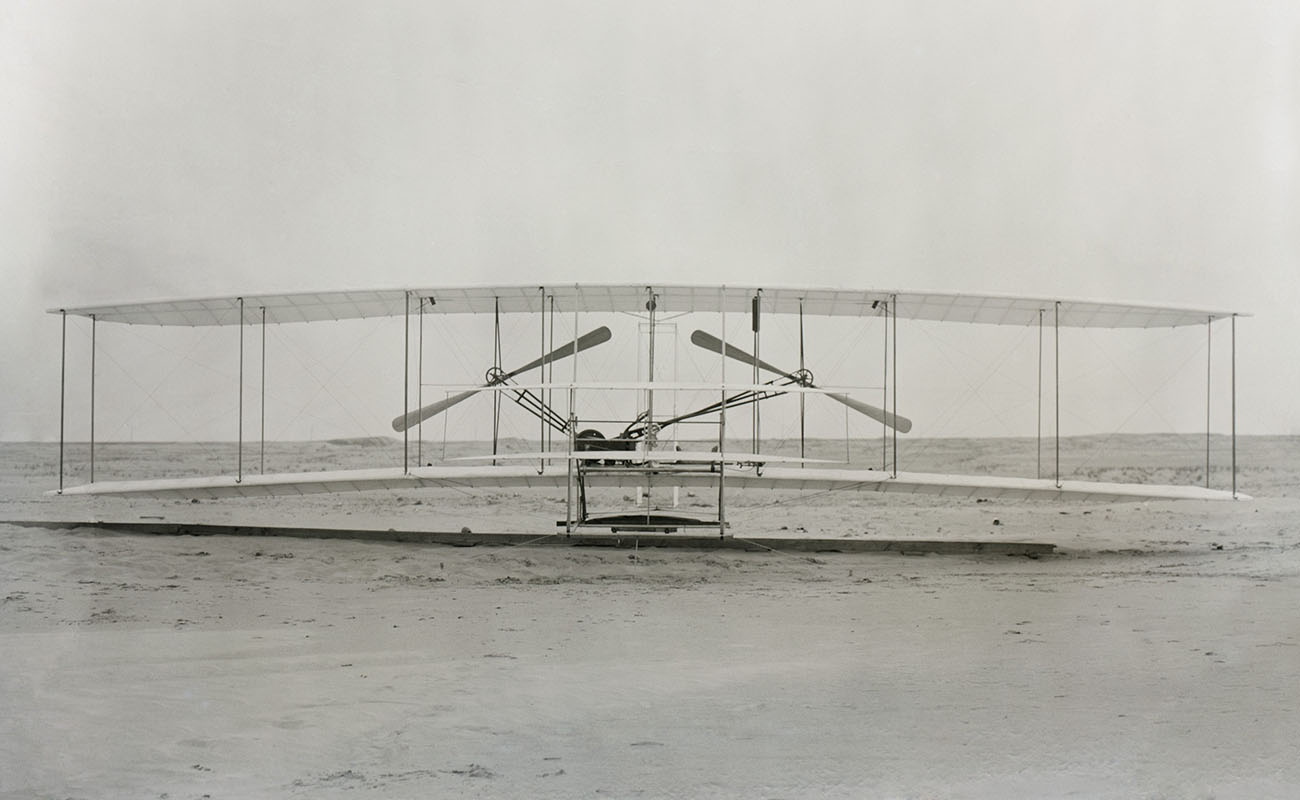
Hidden in Plain Sight
So many women have made significant strides in science, politics, the arts, literature, and more. Yet, for centuries, their work was ignored, overshadowed, or even attributed to the men who surrounded them – very often their brothers or husbands, although not always. Take Rosalind Franklin, the British scientist whose X-ray diffraction images of DNA were instrumental in the discovery of its double-helix structure. While James Watson and Francis Crick went on to receive a Nobel Prize for the discovery, Franklin’s pivotal role was largely overlooked, at least during her lifetime.
And Clara Schumann the virtuoso pianist and composer who profoundly influenced the Romantic era of music. Despite her genius, she was often dismissed merely as the wife of composer Robert Schumann. And let us not forget one of my own favourite artists, Artemisia Gentileschi – one of the few female Baroque painters whose bold, dramatic works challenged the conventions of her time. Her paintings were wrongly attributed to male artists for years.
Spotlighting Women’s Stories through Conversation
Personally, one of the most enriching aspects of the show was speaking to the diverse group of women who joined me as guests each week. These strong, accomplished women helped provide context, emotion, and modern-day parallels to the historical figures we covered.
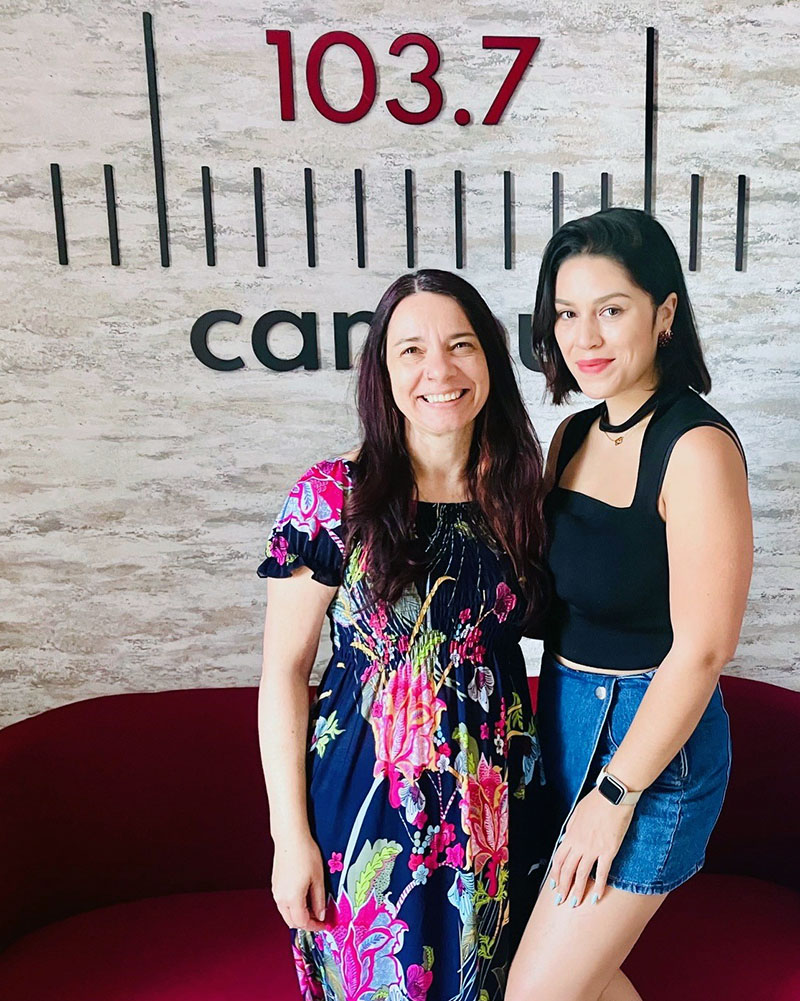
Women whose work was stolen or attributed to others was the subject of one of the programmes, with commentary by entrepreneur Monique Chambers. Of course, Katherine Wright Haskell was also one of the women I included in Nisa Minsija, for which conservationist Sarah Puntan Galea was my guest. For the very first programme, which featured Kathrine Switzer, the first woman to run the Boston Marathon with a registered number, I spoke to climber and data analyst Julia Vella.
I tackled female photographers such as Margaret Bourke-White, Lee Miller, and Germaine Krull, with insights from photographer Lorella Castillo. At the same time, actress and communication coach Pia Zammit and I delved into the life of the multi-talented actress and inventor Hedy Lamarr, who helped invent ‘frequency hopping’ – the precursor to Wi-Fi.
Undoubtedly, one of the programmes that left me intrigued and impressed was the one where I discussed the true stories of several incredible local WWII heroines with writer and actor Kim Dalli, who is also the creator of the docudrama The Women of George Cross Island.
My beloved Artemisia Gentileschi was the focus of the programme on forgotten female artists, where I was joined by associate professor and curator Prof. Charlene Vella. With actor, director, and intimacy coordinator Simone Ellul, I spoke about the mothers of famous people. Meanwhile, author and journalist Ramona Depares was my guest as we talked about female authors who used male pseudonyms to get published.
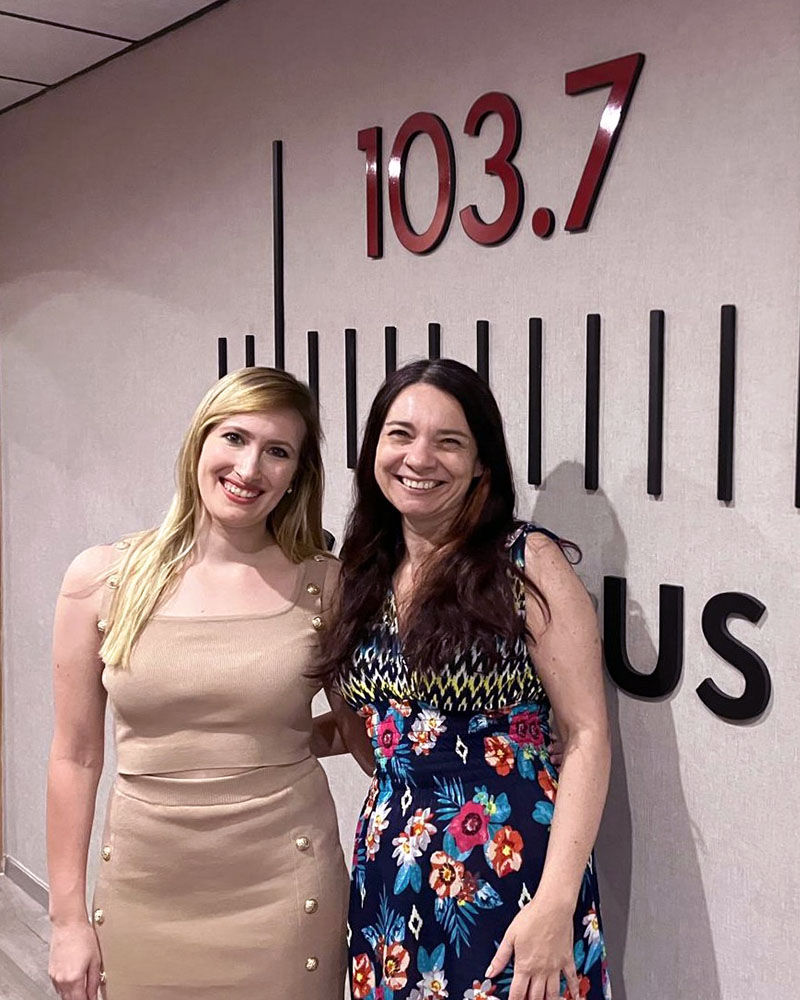
Influenced by my experience helping my son study for his exams, another programme delved into the lives of influential Maltese women from history, such as Catarina Vitale, Tessie Camilleri, and Cosmana Navarra, with assistant lecturer and historian Dr Simone Azzopardi. Stories about overlooked female composers were brought to life with the help of Dr Rebecca Hall, principal flute of the Malta Philharmonic Orchestra. I tackled women who discovered their purpose later in life together with Dr Maria Brown, senior lecturer at UM’s Department of Arts, Open Communities, and Adult Education.
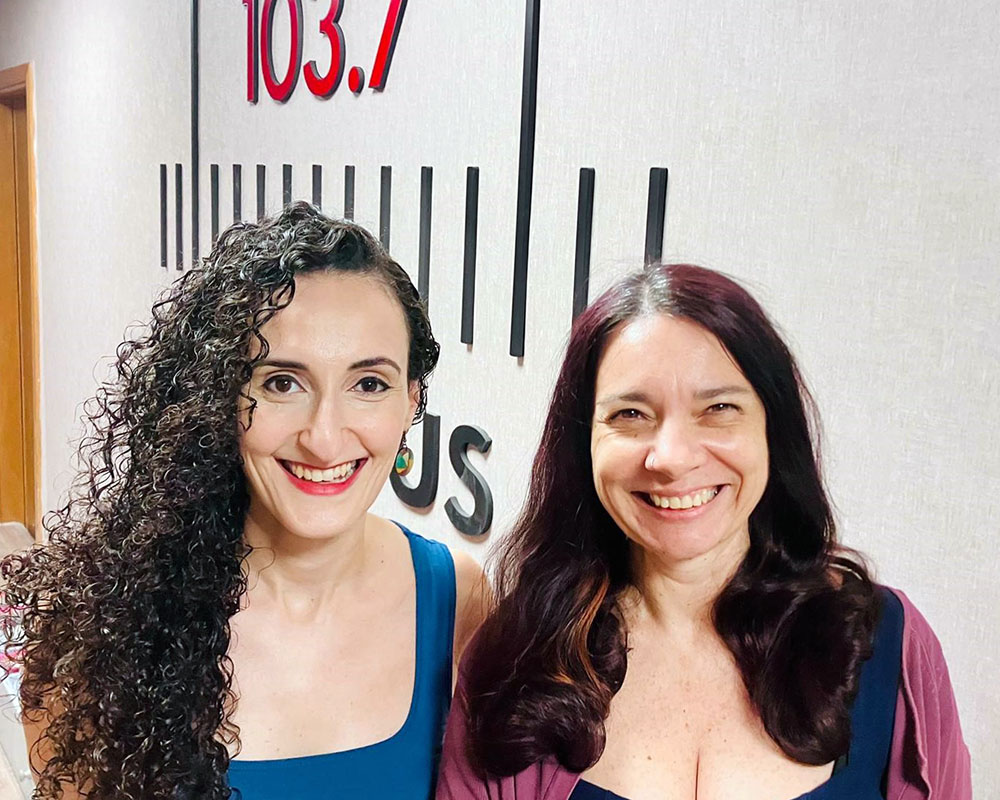
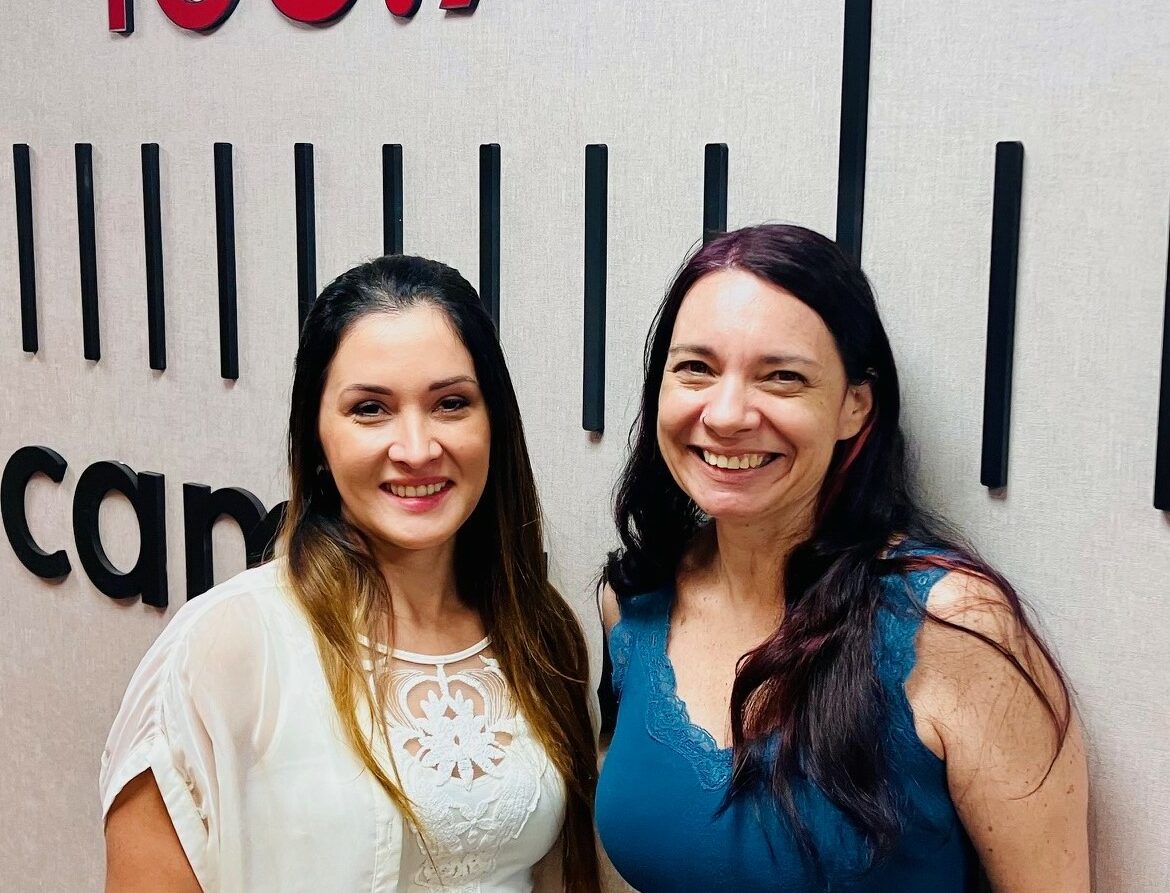
The final programme, which featured forgotten women in STEAM, had a double whammy of guests with reflections by poet Klara Vassallo and science educator Dr Danielle Martine Farrugia. Each script took me hours to research, but it was certainly time well-spent, as I learnt so much about these women as I worked. Increasingly, I am convinced that we need to see women in textbooks, in film, and in the collective cultural consciousness, not just as minor characters but as protagonists.
As a film buff, I encourage everyone to watch films such as Big Eyes, which tells the true story of artist Margaret Keane, whose husband wrongfully claims credit for her works until she takes him to court, and Hidden Figures, which is about three brilliant African American women at NASA – Katherine Johnson, Dorothy Vaughan, and Mary Jackson.
Women Taking Centre Stage
The success of Nisa Minsija has led to a natural evolution. My latest radio programme on Campus 103.7 called Għamlitha! (She did it!) features one-on-one interviews with women who have faced challenges, achieved success, or emerged victorious from extraordinary circumstances.
My guests include: Gertrude Abela, President of Europa Donna Malta, who shares her journey after discovering she had breast cancer at the age of 53; Dana Carmont, who has been a ‘serial entrepreneur’ since she was just 17 years old; and media specialist Vanessa Macdonald, who has had a long and successful career and speaks candidly about losing her husband to alcoholism.
Nisa Minsija has been more than just a radio programme for me. I am so grateful for the huge amount of support it has received. I thank Campus 103.7 Station Manager Celaine Buhagiar Bugeja for allowing me the opportunity to give a voice to the women history forgot.
All episodes of Nisa Minsija are available for streaming or download via Campus 103.7’s website. Għamlitha! is broadcast on Campus 103.7 on Mondays at 11 pm, and Thursdays at 3 pm and 10 pm and is also available on demand here.






Comments are closed for this article!